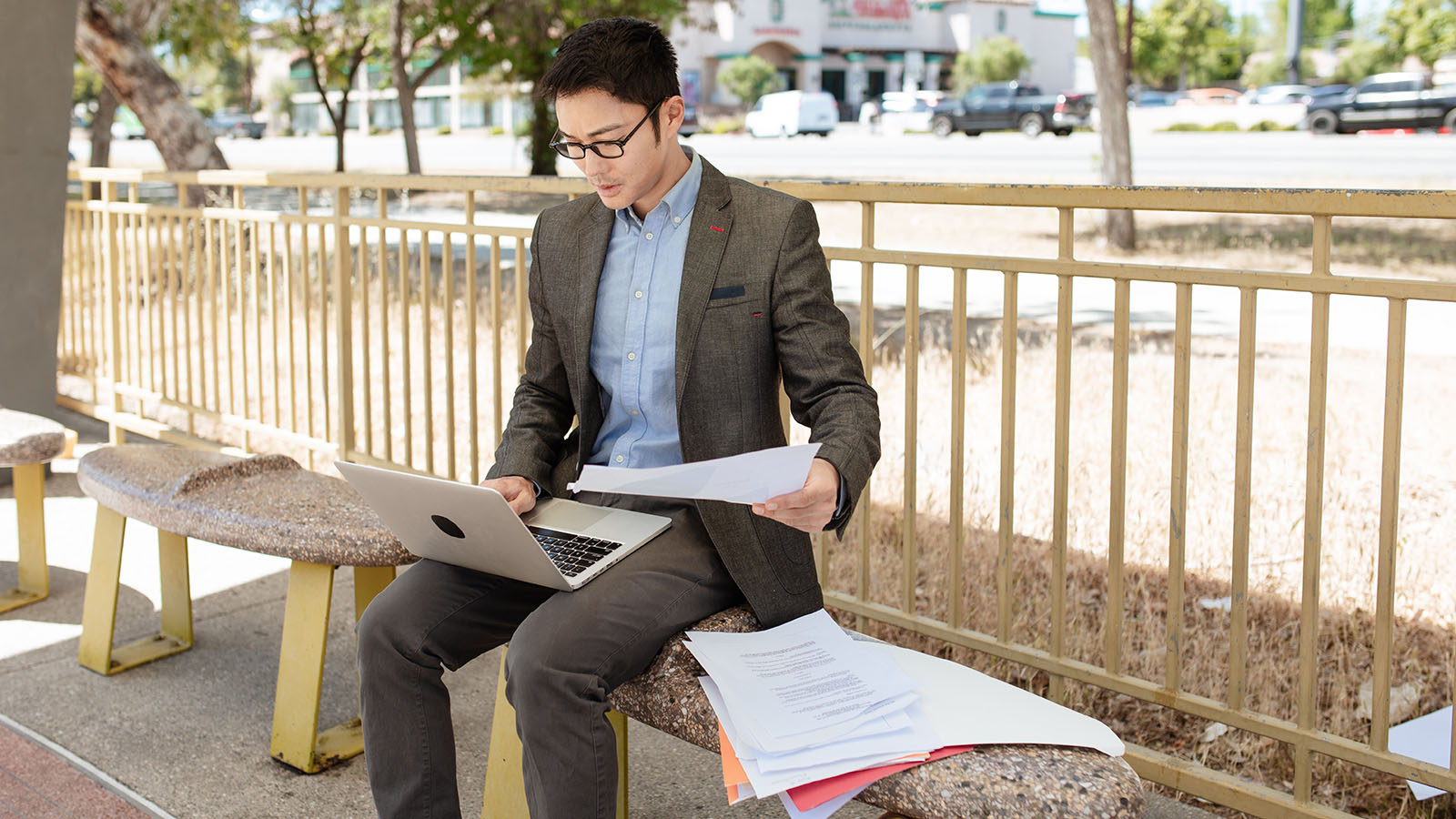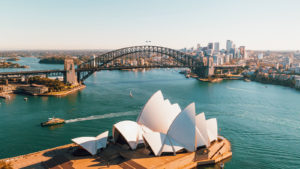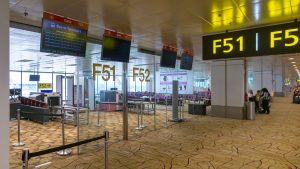Australia’s new Digital Passenger Declaration for international arrivals
There's a new form to fill out when travelling to Australia, returning citizens included.

What we'll be covering
Travelling to Australia comes with new paperwork from this month, with the Digital Passenger Declaration (DPD) taking off from 18 February. Replacing the current Australia Travel Declaration, it’ll be mandatory for all inbound international travellers.
Here’s everything you need to know about the DPD, to keep your journey running smoothly.
What is the Australian Digital Passenger Declaration?
Australia’s Digital Passenger Declaration will screen travellers against various government restrictions before they get to the airport. This helps ensure that those venturing to Australia meet the country’s entry and vaccination requirements.
Every person travelling to Australia from overseas must complete a DPD. This includes Australian citizens returning from abroad, as well as tourists and other visitors.
For visitors, the requirement to complete a DPD is in addition to any visa, visa-waiver or Electronic Travel Authority (ETA) you may need to enter Australia.
When does the Digital Passenger Declaration take effect?
International travellers planning to arrive in Australia from 18 February 2022 will need to complete a DPD.
Those arriving up to 17 February 2022 should follow the current Australia Travel Declaration process.
What questions do I need to answer on my declaration?
When completing your Digital Passenger Declaration, you’ll be asked for the following information:
- Your contact details, including a phone number in Australia.
- Information about your COVID-19 vaccination status or valid medical exemption.
- The details of your negative pre-departure COVID test.
- A declaration of the places you have visited in the 14 days prior to arriving in Australia.
- A separate declaration that you will comply with all travel testing requirements. This includes any state-based policies after crossing the border, such as getting a COVID test on Australian soil.
- Your flight number, passport details and intended address in Australia.
Those visiting Australia may wish to list the phone number of their hotel, when prompted for their local contact details.
For passengers reaching Australia via connecting flights, the DPD will ask about the first flight on your journey, and the final flight that arrives in Australia.
When should I complete my travel declaration?
You can begin filling out a Digital Passenger Declaration up to seven days before travelling to Australia. But you can’t submit and finalise that declaration until you’re within 72 hours of your flight’s scheduled departure time.
That’s because the declaration asks questions about your negative pre-flight COVID test. And of course, the earliest a PCR test can be taken is 72 hours before planning to travel. Those taking a supervised RAT test would need to complete their DPD even closer to check-in time, in line with timing requirements.

Once lodged, your Digital Passenger Declaration will deliver one of two outcomes:
- Your pass will be marked as ‘complete’.
- Or, your pass will read ‘confirmation required at check-in’.
Those granted a ‘complete’ pass are believed to have met all of Australia’s travel requirements, based on the answers given on the DPD.
Presenting your Digital Passenger Declaration
Whichever pass you receive, expect to present it at the airline check-in counter. This can either be on your phone or as a printout. Have your vaccination and COVID-19 testing paperwork ready for inspection, too.
If issued with a ‘confirmation required at check-in’ pass, consider arriving early. This will allow plenty of time to have your documents checked – especially if airport staff have to contact the Australian authorities to verify your ability to travel.
If you believe all your paperwork is in order, don’t panic here.
A ‘confirmation required at check-in’ pass doesn’t necessarily mean you’ll be barred from travelling. But do double-check Australia’s travel requirements to ensure you’ve ticked all the boxes before check-in.
You may also need to present your Digital Passenger Declaration again on arrival into Australia.
Don’t forget Australia’s Incoming Passenger Card
As above, your Digital Passenger Declaration is needed in addition to all other paperwork normally required for international travel.
This means you must still fill out an Incoming Passenger Card. That’s the longstanding yellow and orange card that asks questions about the items in your baggage, such as fruit, meat and plant products.
Airlines normally hand these out onboard, but if you don’t receive one, they’re also available in the arrivals hall before passport control.
Summing up
Entering Australia from abroad comes with new paperwork from 18 February 2022. That’s just in time for the country to open its borders to international tourists, from 21 February.
While it can be hard to keep up with ever-changing travel requirements, this switch is a big one. Without a completed Digital Travel Declaration, you won’t be able to check-in, let alone cross the border.
Also read: Australia opens its borders to overseas travellers
Feature image courtesy Gustavo Fring/Pexels.
Stay up to date with the latest news, reviews and guides by subscribing to Point Hacks’ email newsletter.



I am simply transiting through Australia and they say it’s a required form, and when clicking the transiting through radio button and indicating I’m only in Australia for 3 hours it still requires me to enter an address of stay and won’t let me complete it.
Complete time waster. The NZ dpd form was far easier to fill in and get working.
It is a bloody nightmare
The whole process is so complicated and confusing I am pretty tech savvy but it must have been put together by an idiot
You have to try and scan the chip in your passport using your phone it takes ages to work
We got tested for COVID-19 then it took 1.5 hours to finally get the stupid app to accept all info
Then they say print the summary page
Well there is no way or option to do that
We did get screen shots but this has to be done in two screen shots because the summary page is too long and cannot be reduced on your phone
Did anyone at the Government actually try this out for a test run or just hand over the money to the developer?
My god we are governed by a bunch of fools who all have a uni degree but no common sense at all
Can I browse the Application form now and get used to the details necessary to be filled in later ( accept for the vaccination and Covid19 PCR test details)
The official advice suggests that the new arrangements will be enforced with zero tolerance and, again, probably that’s how it should be. Woe betide anyone who hasn’t got everything completely in order? But there should be a separate area at our airports where incoming passengers who may be out of order can be taken away for interrogation and possible detention.